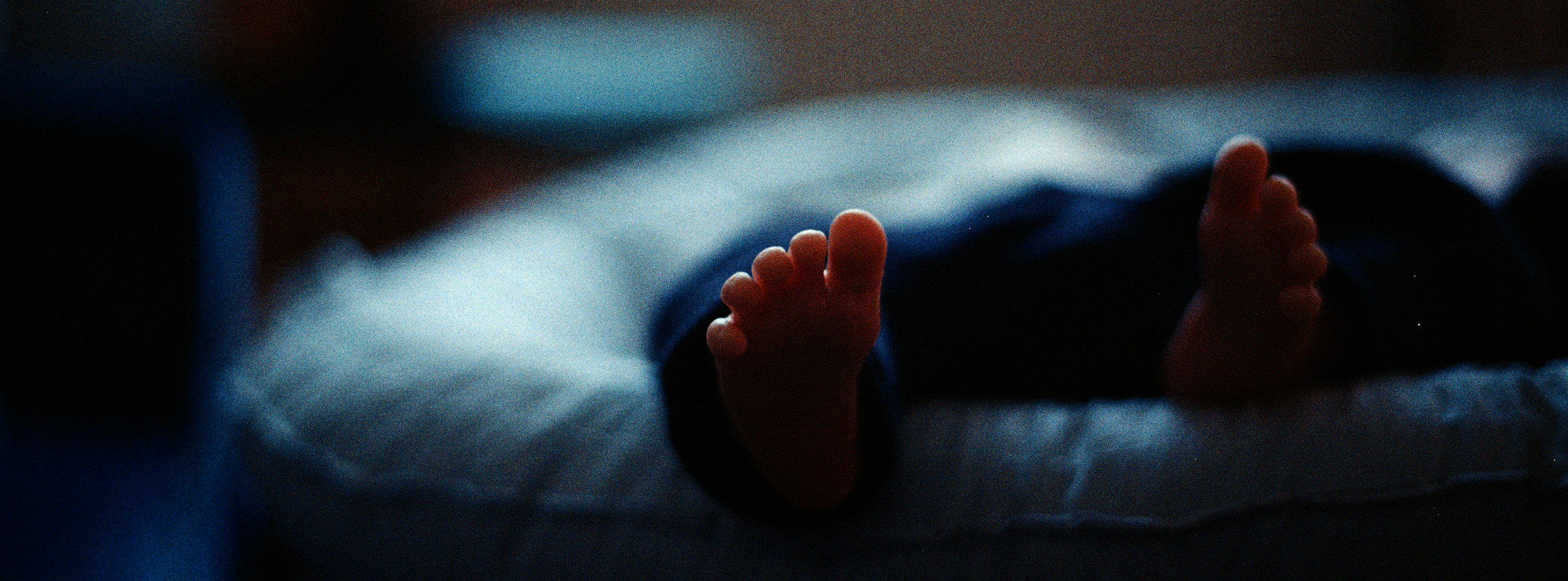I like this
Creating an effective nighttime routine for your child can be one of the more difficult aspects of parenting. And making bedtime fun and enjoyable is a big part of helping your child get into the habit of sleeping through the night. But it’s not all bedtime stories and nighttime cuddles, because your baby’s bedroom environment plays a big role in sleep, too. Here are some helpful tips for creating the perfect environment to help your little one sleep tight.

Schedule Bath Time Before Bed
Parents have long known about the benefits of a calming bath before bed, and it’s no different for your baby either. A warm bath before bed can help create a soothing environment that puts your baby into relaxation mode. It can also help create a consistent nighttime routine that lets your baby know that bed time is around the corner. Consistency in routines is key for little ones. Just remember: for pre-bed bath times, make sure to keep toys and other distractions at bay. Otherwise, too much stimulation could wake your baby right back up!
Keep the Bedroom Cool and Comfortable
The right temperature can be conducive to helping adults fall asleep, and it turns out, the same is true for your child. The American Academy of Pediatrics suggests keeping the baby’s bedroom at a temperature between 65 and 75 degrees Fahrenheit, so that it doesn’t get too hot during the night. The AAP states that this is the safest temperature for a baby to sleep in, and will help create a comfortable environment during the night that promotes sleep.
Remember the Importance of Lighting
Just like in your own bedroom, it’s a good idea to have access to multiple sources of light in your child’s nursery. A hanging light for the ceiling that emits warm dim light will help illuminate the entire room, while still keeping it cozy. Steer clear of harsh lighting that’s too bright in the bedroom - especially during nighttime diaper changes and feedings. According to sleep specialist, Dr. Gwen Dewar, This can throw off your child’s natural circadian rhythm and make it more difficult for them to fall asleep afterwards.
And overall, remember, creating a relaxing bedtime routine takes time and patience. Practice these tips, and you can help your little one get into the habit of sleeping soundly in no time!






